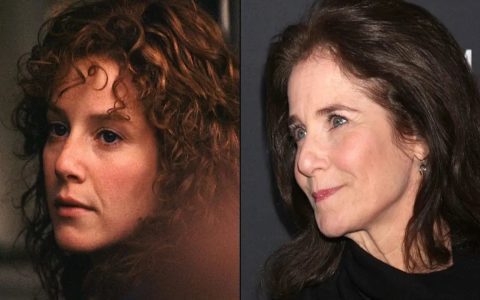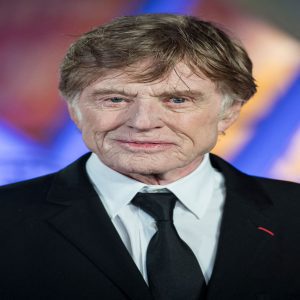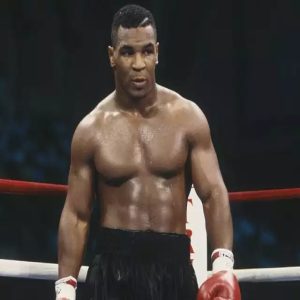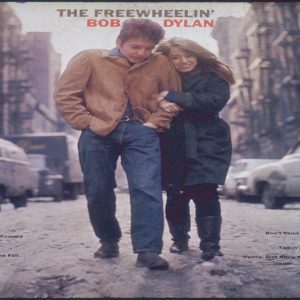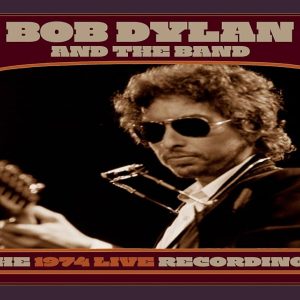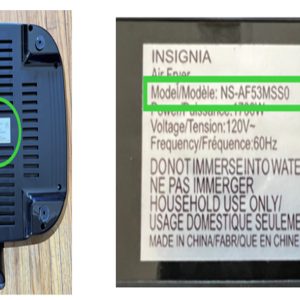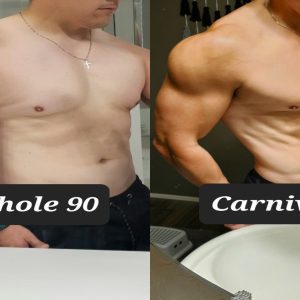The Cultural Convergence of Media and Image
1980s heartthrobs ascended to unprecedented fame through a unique convergence of emerging media platforms and shifting cultural appetites. The decade's specific technological and sociological landscape cultivated their iconic status.
MTV’s Transformative Impact
The 1981 launch of MTV revolutionized celebrity exposure. Artists like George Michael, Duran Duran, and Rick Springfield leveraged music videos to showcase charisma, style, and accessibility. Visual storytelling amplified their appeal beyond audio recordings, creating immersive personas that dominated youth culture.
Cinematic Archetypes Resonating
Teen-oriented films established compelling tropes that defined heartthrob appeal:
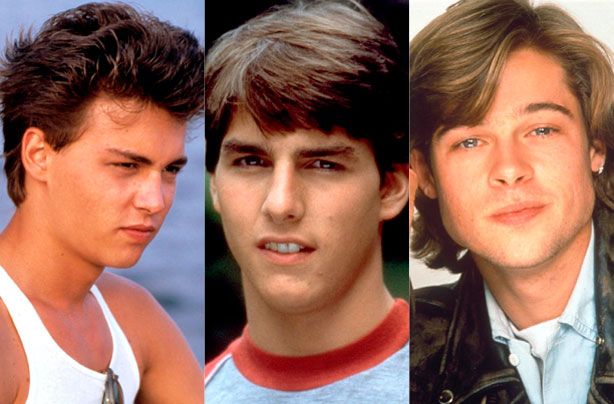
- The Rebellious Outsider: Embodying teenage angst (e.g., Judd Nelson in The Breakfast Club)
- The Romantic Ideal: Characters projecting sensitivity and charm (e.g., Rob Lowe in St. Elmo’s Fire)
- The Action Hero: Blending physicality with charisma (e.g., Tom Cruise in Top Gun)
Strategic Media Engineering
Studio marketing and teen magazines (Tiger Beat, Bop) fostered parasocial relationships. Controlled narratives emphasized relatability:
- Curated behind-the-scenes content humanizing stars
- Merchandising reinforcing brand loyalty (posters, merchandise)
- Media tours maintaining constant visibility across TV and print
Enduring Cultural Nostalgia
Their legacy persists due to the 1980s' distinct aesthetic and emotional resonance. The era represented:
- A peak of pre-digital media intimacy
- Archetypal representations of youth and aspiration
- Timeless cultural touchstones in fashion and sound
This synergy of media innovation, targeted storytelling, and generational identity cemented their iconic status beyond transient fame.

